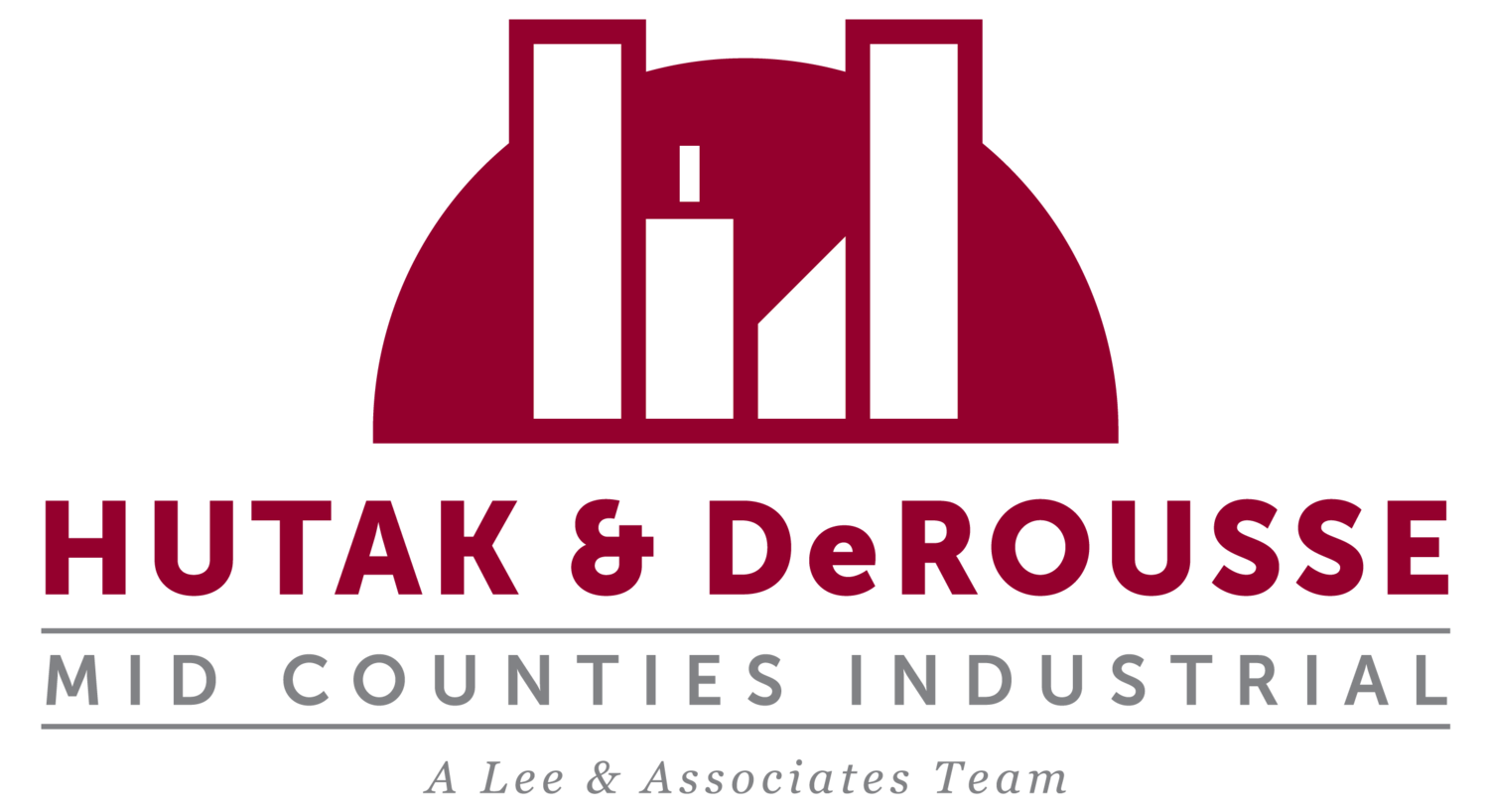The primary goal of every potential seller of real property is to achieve the highest price from a qualified buyer who will follow through the transaction in a timely manner. That simple fact is not likely to change any time soon. Given today’s market conditions, you as a seller stand to achieve the highest price on record for your property if it is highly functional and well-located. Even if it’s not, you can still achieve a premium price due to the lack of available supply. The lowest interest rates in history and generally good economic conditions have been the key drivers behind the surge in pricing that began back in 2010. So, if you are contemplating the disposition of your property soon, there is a very good chance that you will walk away with a big win.
While there are many things to consider as you develop your disposition strategy, pricing is at the top of the priority list. You don’t want to leave money on the table by offering your property at too low of a price, but setting it too high can discourage market-savvy buyers from looking seriously at your property. The key is to set your price at a point that will garner broad interest to encourage competition without scaring good qualified buyers into looking elsewhere to complete a purchase.
This conundrum has led to an increase in property offerings that have no published sales price. So-called TBD pricing can be a viable strategy in certain instances, but we believe it is not the best way for the majority of property owners to maximize their sales proceeds. Let’s take a look at some of the reasons why we feel this way.
First, setting a price allows potential buyers to make a more meaningful comparison of your property to the competition. If your property is comparably priced, but has physical and locational characteristics that are superior to other available properties, potential buyers will be able to get a better sense of overall value. After all, whoever buys your property is looking to do the same thing you are, get the most from every invested dollar. If you don’t set a price, you remove a very important component of determining overall value. Your property may be the best building on the market and should command the highest price, but without a firm number, you make it more difficult for the buyer to come to that conclusion.
Secondly, you need to take into consideration the importance of timing. Vacancy is at an all-time low and few quality buildings are available for sale. Competition for the best properties is intense and buyers cannot afford to go after a “maybe” while other properties fly of the proverbial shelves. The most motivated buyers are pre-qualified for their financing and are ready to pull the trigger when they find the right building. By setting a firm asking price, you give them a clearer path to deciding on your building over someone else’s. If your price represents a good value, even if it is higher than other similar properties, a qualified buyer is more likely to enter into negotiations.
Thirdly, a specific asking price sends the message that you are a serious seller and not just an owner looking for an appraisal. It sends the message that the property is deliverable, even though final terms and conditions of a purchase are yet to be agreed upon. Too often we see TBD-priced buildings languish on the market, even with today’s supply shortage, because buyers and their professional representatives don’t take these offerings seriously. The most active brokers represent the most qualified buyers and they tend to steer clear of offerings that carry the risk of not being deliverable to their clients. A firm asking price sets the bar to begin negotiations and encourages the buyer to engage.
That said, there are times when TBD pricing is a good strategy. We will revisit this topic soon. Stay tuned.


